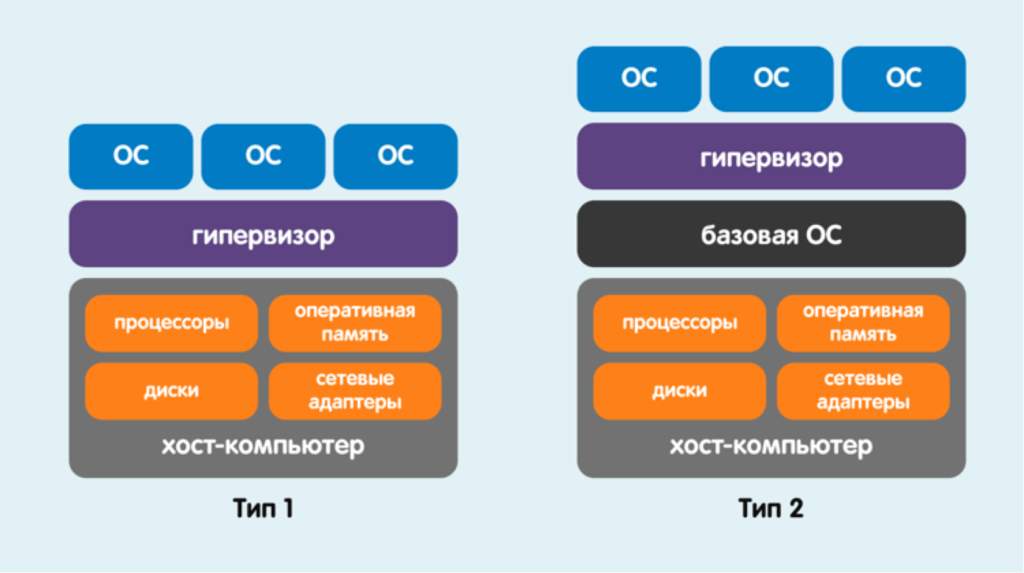What Types of Virtualization Exist?
In the world of technology, various types of virtualization exist to improve performance and optimize resource utilization. Understanding the differences between these types will help you choose the most suitable option for specific tasks.
One of the main types of virtualization is hardware virtualization, which allows you to create virtual instances of hardware devices, such as processors, hard drives, and network cards. This method allows you to isolate virtualized environments and provide them with a high degree of security.
Another common type of virtualization is operating system virtualization. With its help, you can run multiple instances of different operating systems on one computer, which makes application testing easier and reduces hardware costs.
Network virtualization is used to create virtual networks that allow you to combine different devices into one network without a physical connection. This type of virtualization helps to improve network efficiency and simplify its management.
Container virtualization is sometimes used to optimize the use of computing resources. This method allows you to run multiple isolated containers on one host, which simplifies scaling and application management.
Finally, platform virtualization allows you to create virtual servers with different operating systems on one physical server. This type of virtualization is suitable for those who want to make the most efficient use of computing resources and manage a large number of virtual machines.
Depending on specific tasks and needs, you can choose the optimal type of virtualization, which will provide the necessary level of security, performance, and manageability. Understanding the features of each method will help you make the right choice and achieve the desired results.





